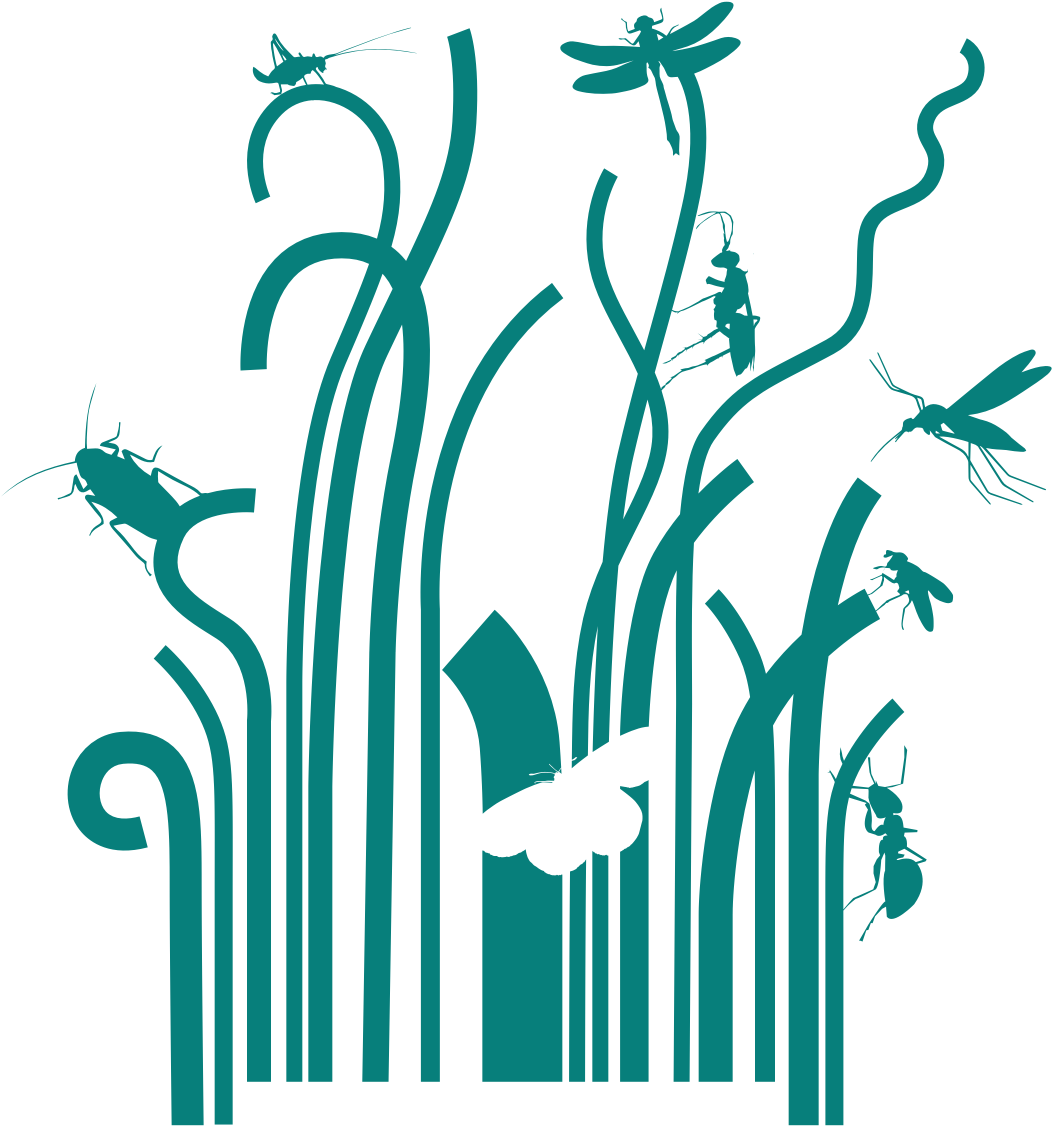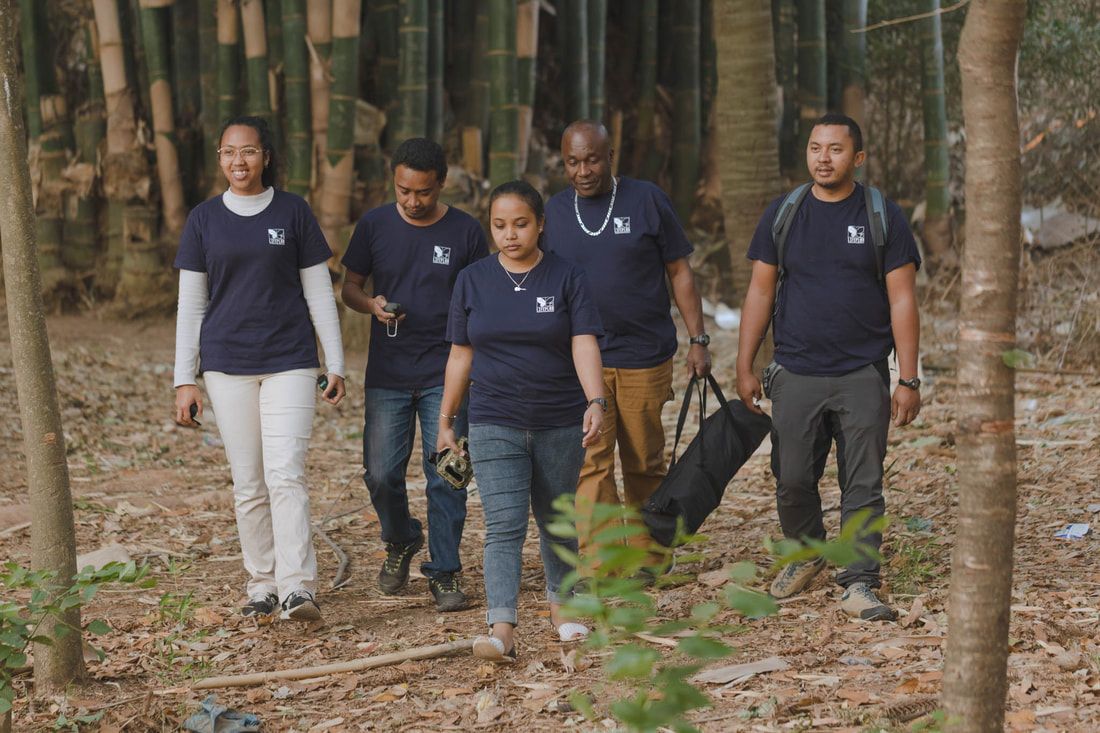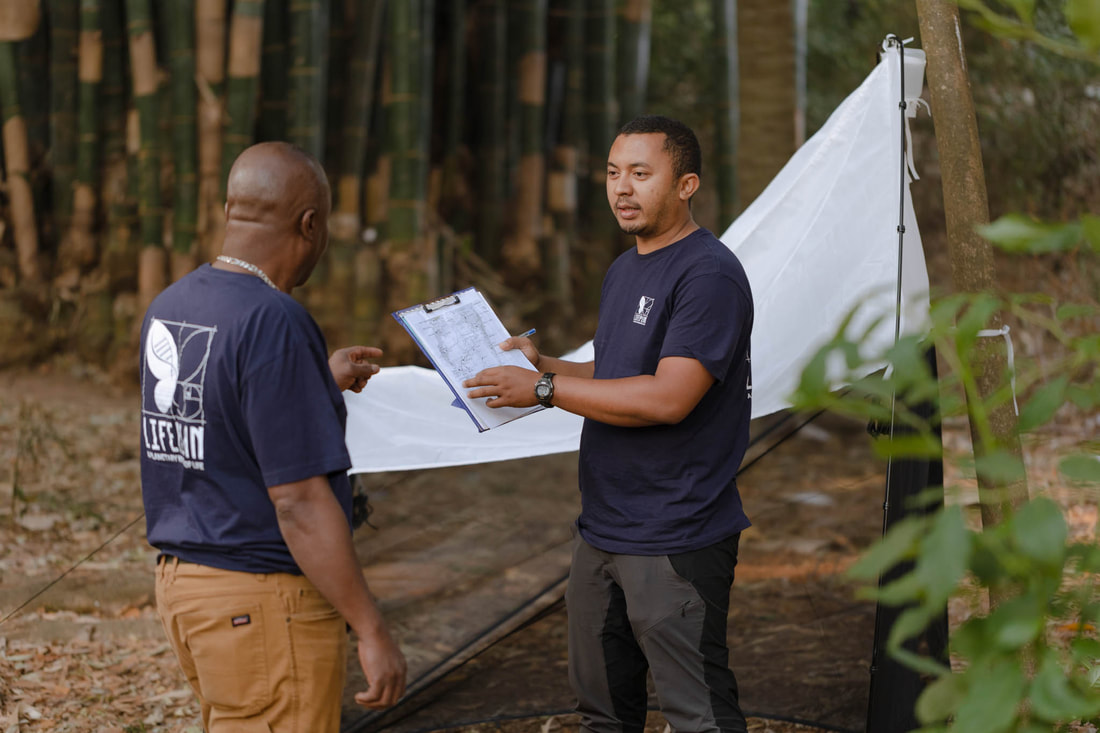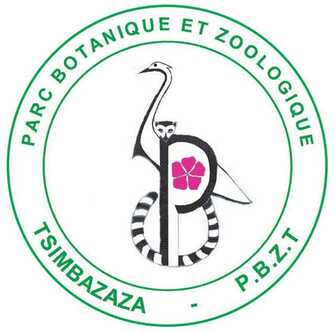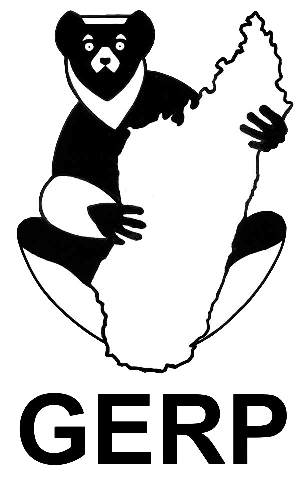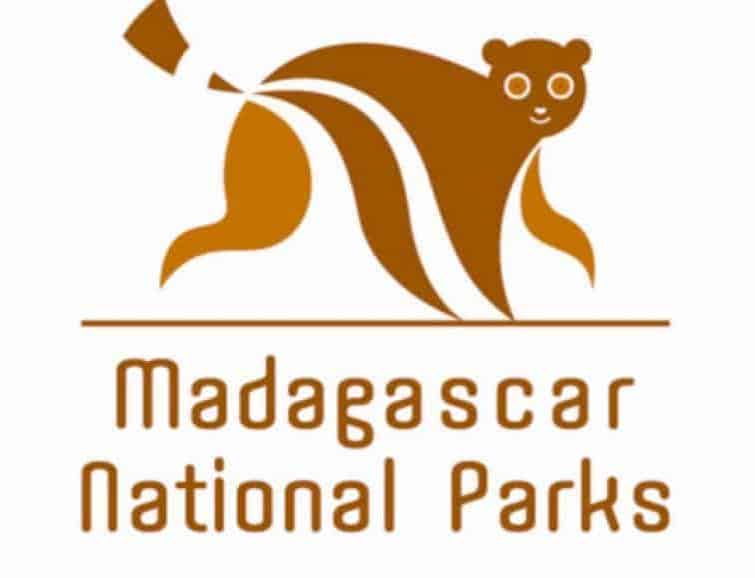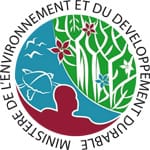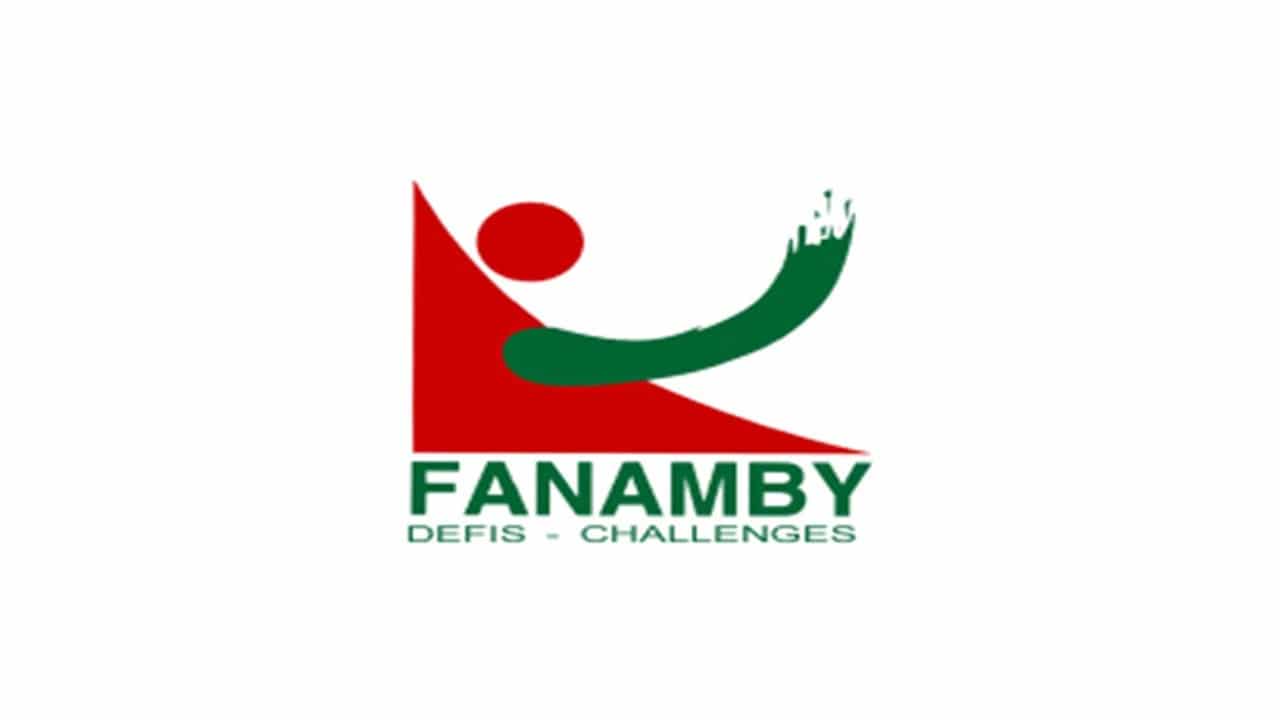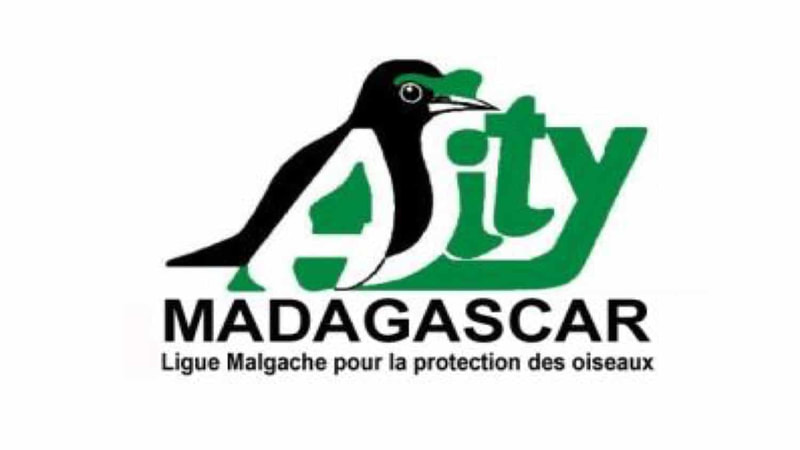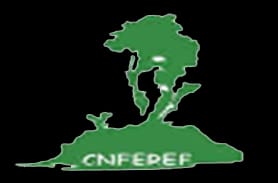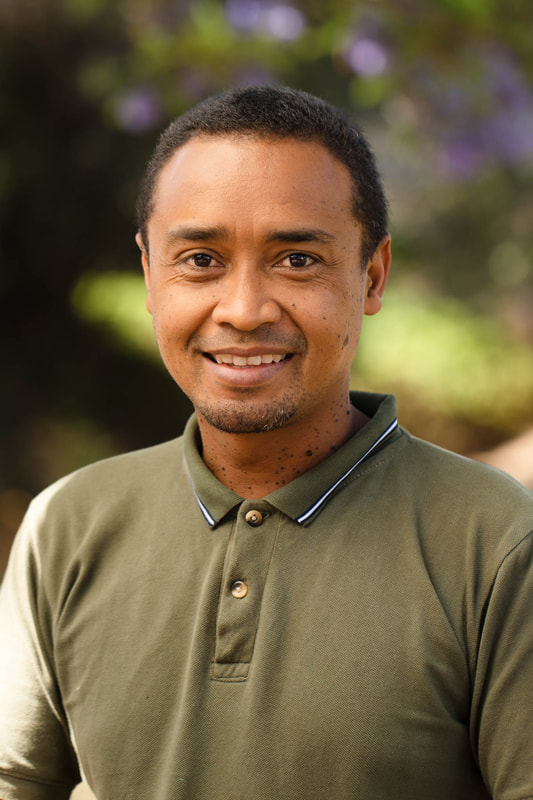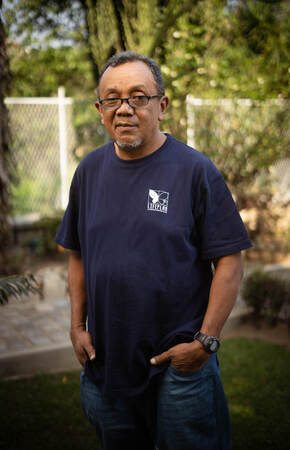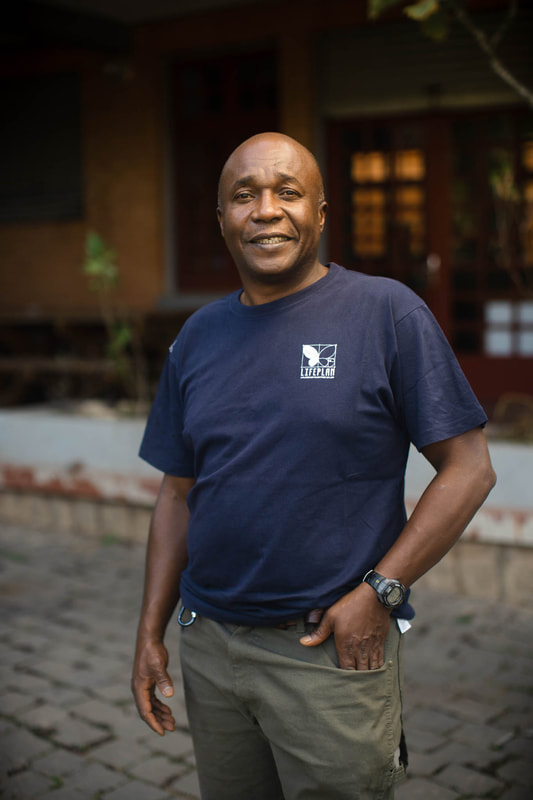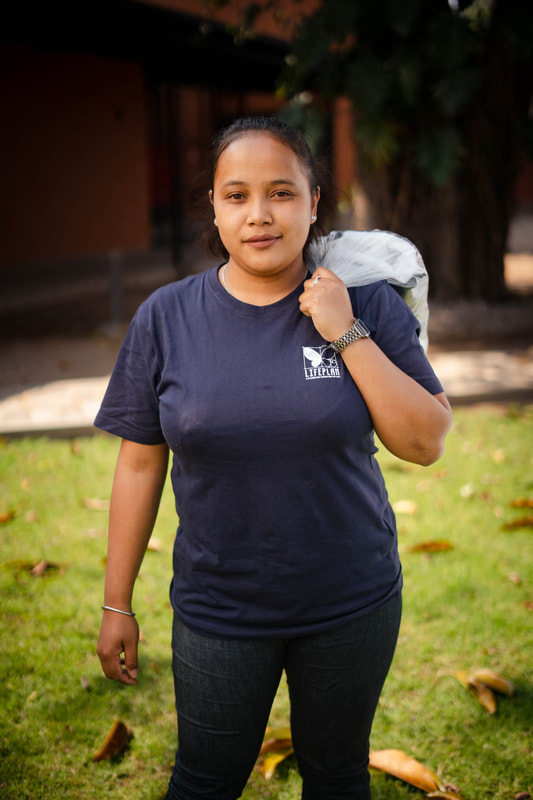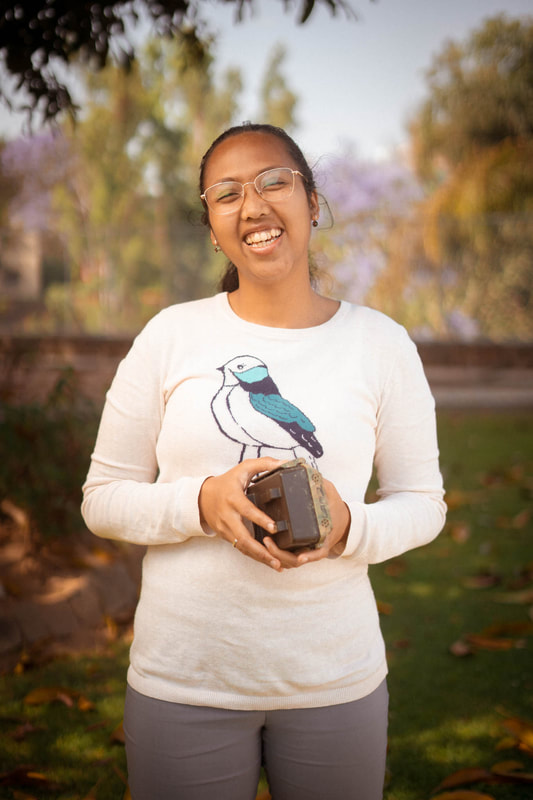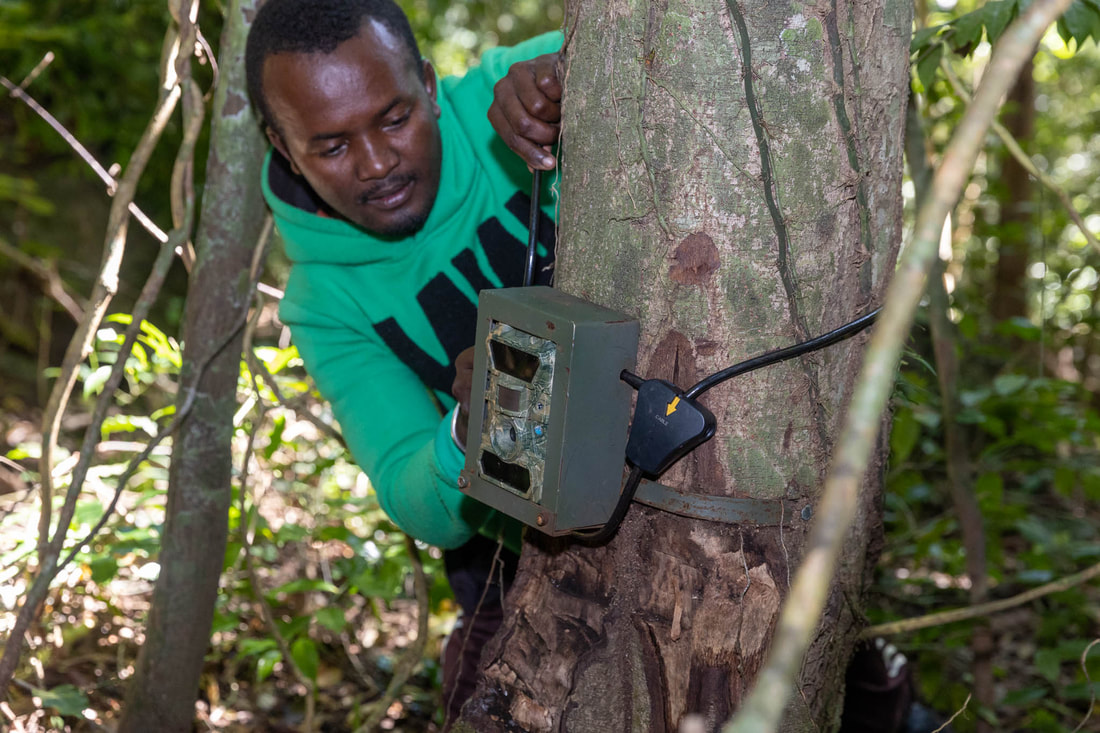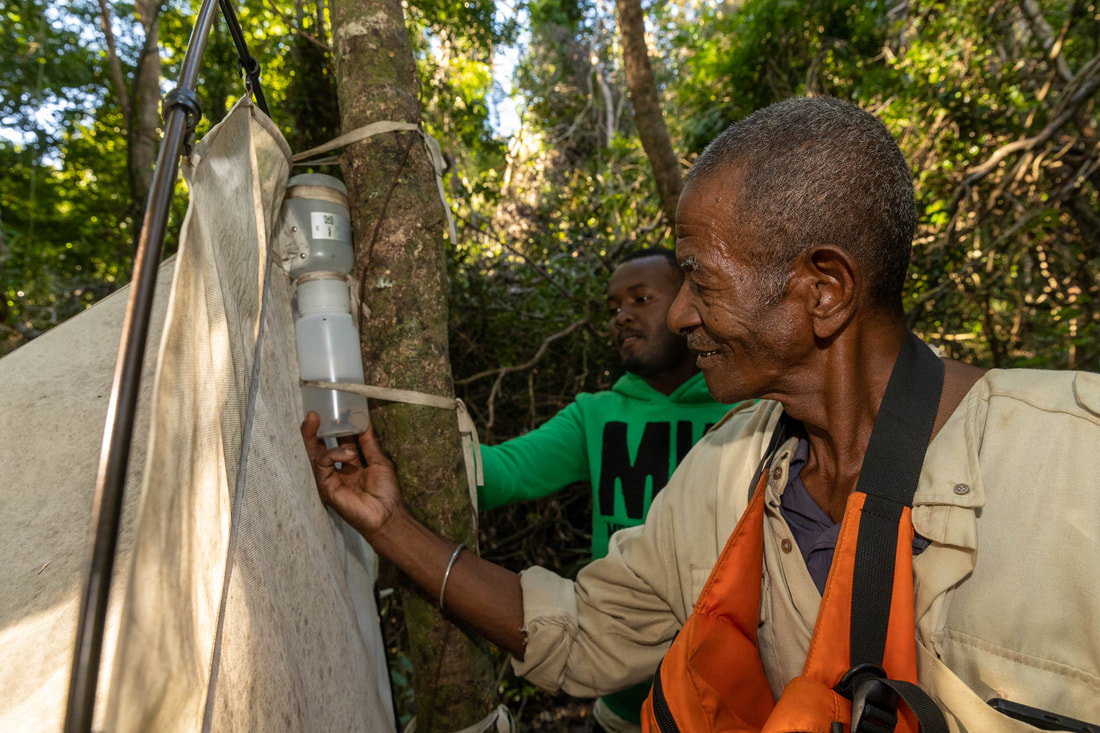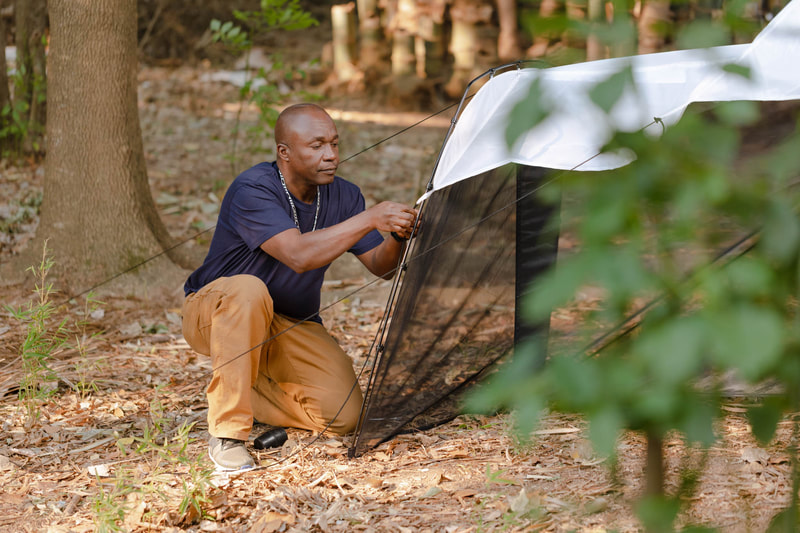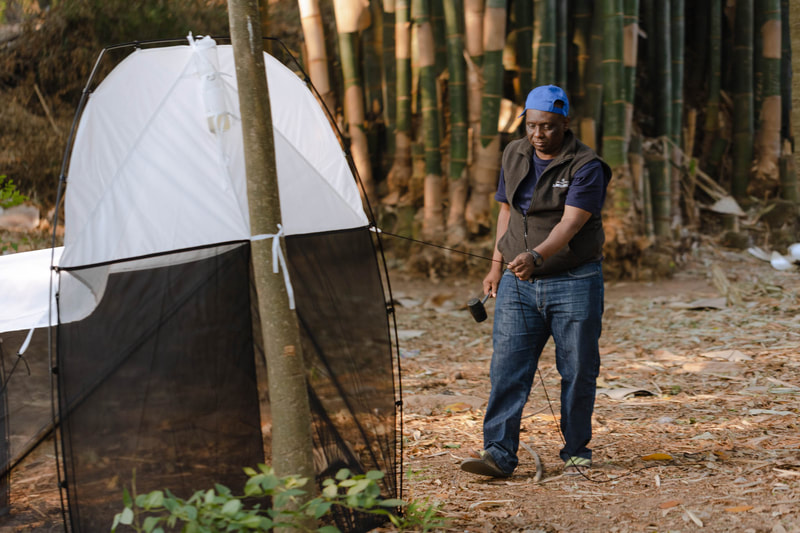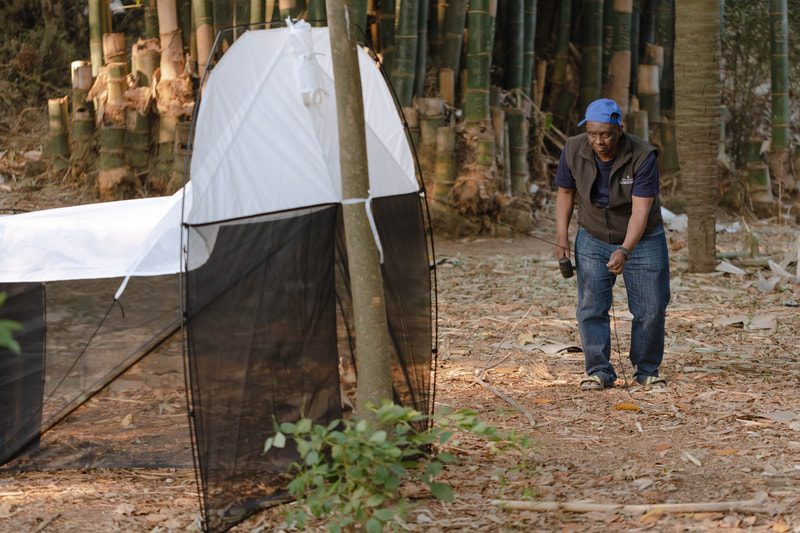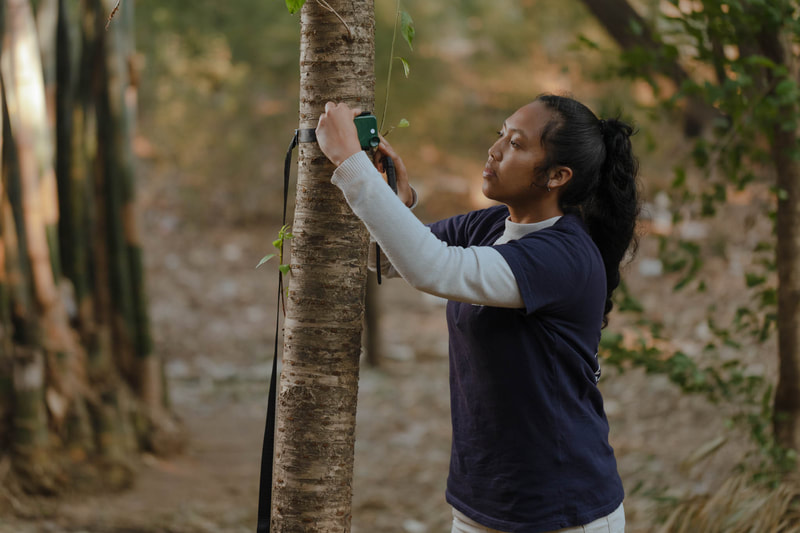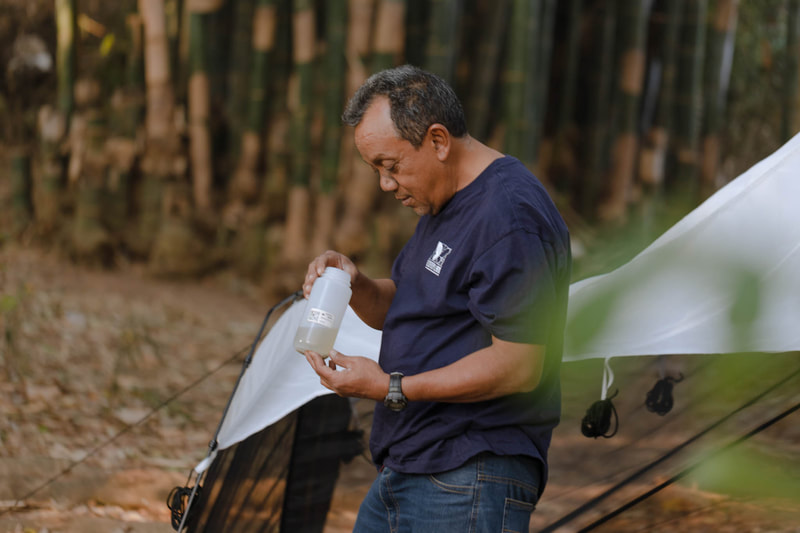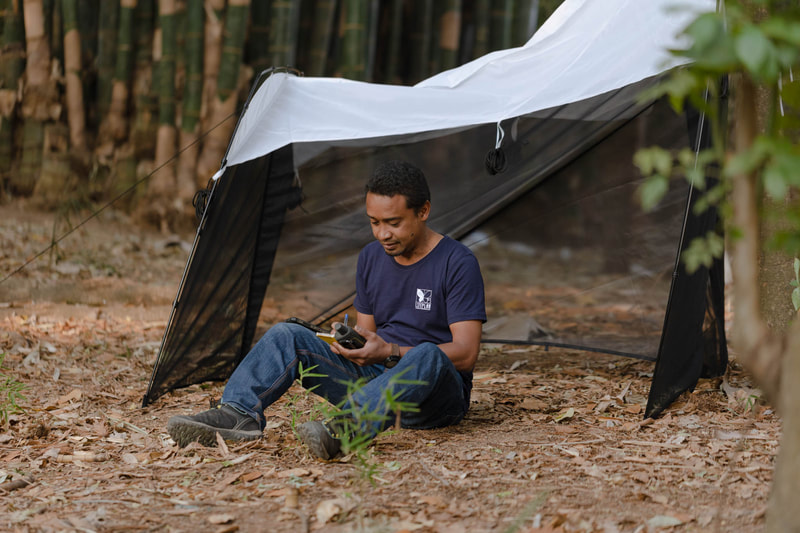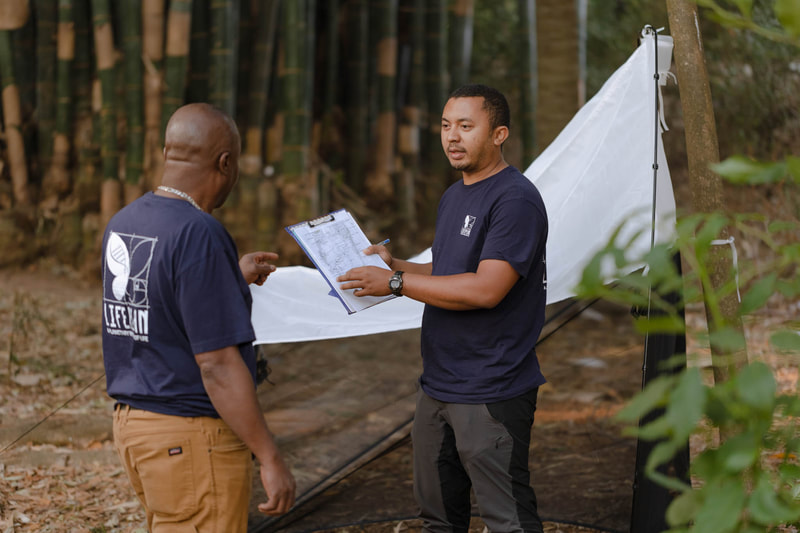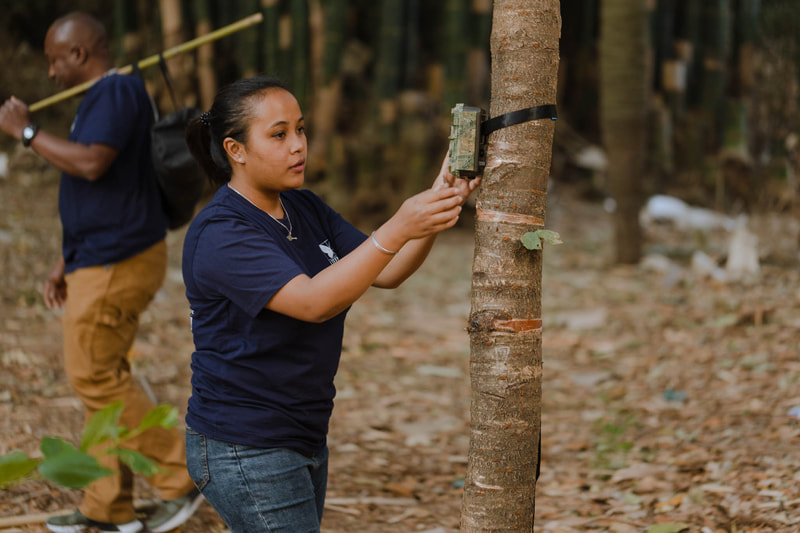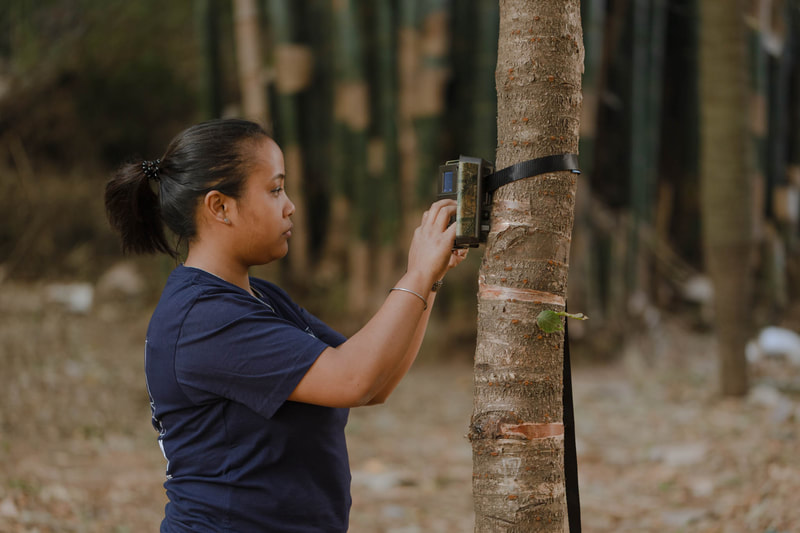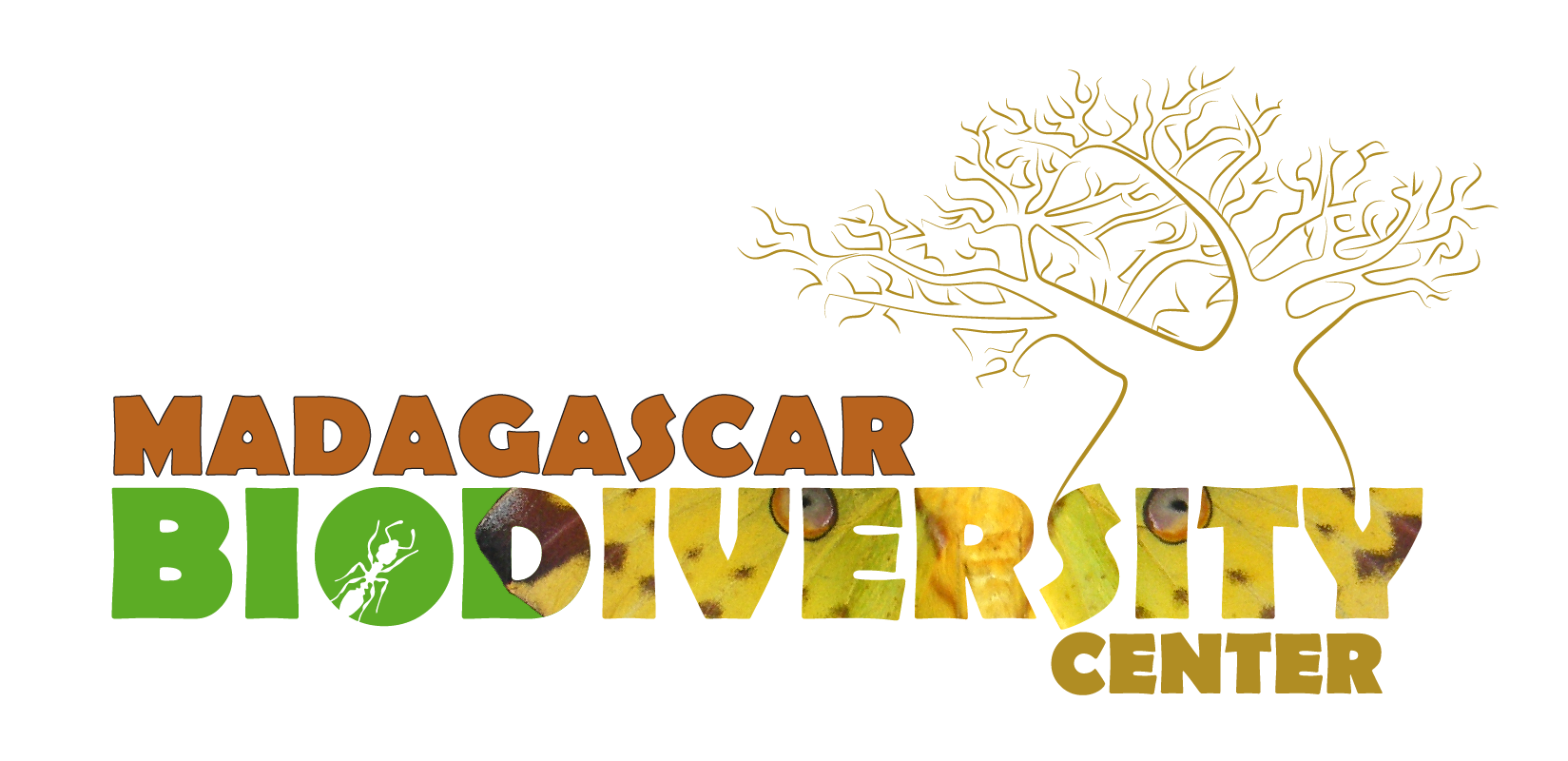View our Jan 2023 Stakeholder presentations here.
Developing a future monitoring program for Malagasy biodiversity
Phase 1: Insect Biome AtlasThe Insect Biome Atlas is in collaboration with the Swedish Museum of Natural History, Swedish University of Agricultural Sciences, Royal Institute of Technology, Stockholm University. The project is funded by the Knut and Alice Wallenberg Foundation.
|
Phase 2: LifeplanLIFEPLAN aims to establish the current state of biodiversity across the globe, and to use insights for generating accurate predictions of its future state under future scenarios. Lifeplan is funded by the EU European Research Council Horizon2020.
|
Most of Madagascar’s biodiversity remains undescribed by science. Such hidden diversity cannot be understood, protected, or followed over time to reveal the impacts of environmental changes.
We develop the tools needed to map the unknown facets of Malagasy biodiversity. These tools are based on standardized samples that are directly comparable to each other, and on semi-automated methods for species identification.
The first and second phases of the initiative show that these methods work, and are both cost-effective and well suited to characterize Malagasy biodiversity.
Preliminary analyses reveal that each national park has its own distinct fauna featuring thousands of unique species.
Species richness in Madagascar is so high that intense sampling and large numbers of specimens are needed to record the state of biodiversity.
This work lays the foundation for future monitoring of all Malagasy biodiversity.
We develop the tools needed to map the unknown facets of Malagasy biodiversity. These tools are based on standardized samples that are directly comparable to each other, and on semi-automated methods for species identification.
The first and second phases of the initiative show that these methods work, and are both cost-effective and well suited to characterize Malagasy biodiversity.
Preliminary analyses reveal that each national park has its own distinct fauna featuring thousands of unique species.
Species richness in Madagascar is so high that intense sampling and large numbers of specimens are needed to record the state of biodiversity.
This work lays the foundation for future monitoring of all Malagasy biodiversity.
Our joint task
The biodiversity of Madagascar is world-famous and globally unique. This biodiversity drives the functioning of Malagasy ecosystems and feeds the nation.
What is known about Malagasy nature is largely focused on mammals and birds. While spectacular, these groups are among the island’s least diverse. The vast majority of Malagasy species are small, hard to identify, and unknown.
Diversity is particularly high among insects and fungi. These groups include the species which pollinate crops, recycle nutrients, and control pests. They include pests themselves, as well as pathogens and vectors of disease. Without understanding these groups, we cannot grasp the full workings of Malagasy nature.
At present, natural Madagascar is changing rapidly. Habitat loss is extreme, and climate change rampant. To understand the consequences of these forces, and the types of biodiversity Malagasy National Parks may protect, a monitoring program that encompasses the largest segments of Malagasy biodiversity is needed.
The only feasible way to characterize Madagascar’s highly diverse groups of organisms is to use novel, semi-automated methods. These approaches can produce the information required to protect Madagascar’s natural legacy for future generations.
What is known about Malagasy nature is largely focused on mammals and birds. While spectacular, these groups are among the island’s least diverse. The vast majority of Malagasy species are small, hard to identify, and unknown.
Diversity is particularly high among insects and fungi. These groups include the species which pollinate crops, recycle nutrients, and control pests. They include pests themselves, as well as pathogens and vectors of disease. Without understanding these groups, we cannot grasp the full workings of Malagasy nature.
At present, natural Madagascar is changing rapidly. Habitat loss is extreme, and climate change rampant. To understand the consequences of these forces, and the types of biodiversity Malagasy National Parks may protect, a monitoring program that encompasses the largest segments of Malagasy biodiversity is needed.
The only feasible way to characterize Madagascar’s highly diverse groups of organisms is to use novel, semi-automated methods. These approaches can produce the information required to protect Madagascar’s natural legacy for future generations.
A Roadmap
A future monitoring program for all of Malagasy biodiversity can be achieved in three phases:
Phase I: The Insect Biome Atlas (IBA) 2019–2020
- Pilot project explicitly focused on insects
- Weekly samples of 50 sites for a full year
- All species identified using DNA metabarcoding
- Establishes baseline patterns.
Phase II: Lifeplan (2020–2026)
- Expands DNA-based methods from insects to fungi and microbes
- Uses camera traps and audiorecorders to generate comparative data on mammals and birds
- Gives global perspective to Madagascar’s biodiversity; generates comparative data from more than a hundred sites globally.
Phase III: a national program for monitoring all Malagasy biodiversity
- Builds on methods, capacity. and designs established in Phase I and II
- Builds on collaboration among national and international partners and institutions
- With training, more steps can be done in Madagascar
State of the Art
Phase I and II are still ongoing. They have already
- Generated the largest insect material ever sequenced from the tropics, thus showing how highly diverse and previously-unknown parts of Malagasy nature can be brought into the realm of biodiversity monitoring.
- Revealed that each National Park has its own unique fauna, with only little overlap with other parks. The loss or degradation of even a single park would thereby result in catastrophic loss of species.
- Offered the globally-first assessment of tropical insect seasonality and its drivers. These insights point to how available insect biomass during different parts of the year may change with climate change.
- Found that 60–80% of fungal species encountered at a Malagasy site are new to science. This figure points to extreme unexplored diversity among Malagasy fungi.
- Generated millions of minutes of bird recordings, and hundreds of thousands of digital images – while developing cutting-edge methods for identifying the species contents of these data.
Collaboration as the Foundation
|
Clearly, a ground-breaking solution for the monitoring Malagasy biodiversity can only be achieved through collaboration.
Through partnership the methods, the data and the insights achieved are directly returned to Madagascar. Phases I and II have been built with the Ministry of Ecology and Sustainable Development, and the leadership of National Parks. More than a hundred local assistants have done the real sampling at the sites. Together, we want to create the capacity for biomonitoring done by the Malagasy in Madagascar. This involves |
- Generating lists of taxa encountered in each park, across organism groups
- Embarking on joint analyses of data
- Offering training in the key methods developed
Take-home messages
- Most of Malagasy nature is unknown
- The remaining parts cannot realistically be established using past methods
- Together, we can build the means for discovering and monitoring all of Madagascar’s terrestrial biodiversity
- Collaboration and training will allow more and more steps to be done in Madagascar
